1Write four names of unicellular organisms.
- Protozoa.
- Unicellular algae.
- Unicellular fungi.
2.Define physiology and anatomy ?
Anatomy is the study of the structure and relationship between body parts. Physiology is the study of the function of body parts and the body as a whole.
LONG QUESTIONS:
1. Explain any Five Carriers of Biology?
Some graduates work as research assistants, laboratory technicians, or high school biology teachers. Many with a bachelor's degree in biology enter medical, dental, veterinary, or other health profession schools.
2 How Biology is related to other sciences?
physics, chemistry, computer science, mathematics, etc. All living organisms undergo metabolism i.e. breaking down (catabolism) and formation (anabolism) of molecules to obtain or release energy. Metabolism involves several chemical reactions.
3. Write a comprehensive note on Farming and Forestry?
Agroforestry is a collective name for land-use systems involving trees combined with crops and/or animals on the same unit of land. It combines 1) Agroforestry is any sustainable land-use system that maintains or increases total yields by combining food crops (annuals) with tree crops (perennials) and/or livestock on the same unit of land, either alternately or at the same time, using management practices that suit the social and cultural characteristics of the local people and the economic and ecological conditions of the area. 2) Agroforestry is a collective name for a land-use system and technology whereby woody perennials are deliberately used on the same land management unit as agricultural crops and/or animals in some form of spatial arrangement or temporal sequence. In an agroforestry system there are both ecological and economical interactions between the various components. Social forestry is defined as “Forestry outside the conventional forests which primarily aim at providing continuous flow of goods and services for the benefit of people. This definition implies that the production of forest goods for the needs of the local people is Social forestry. Thus, social forestry aims at growing forests of the choice of the local population.
3) Rehabilitation of Degraded forests: The degraded area under forests needs immediate attention for ecological restoration and for meeting the socio economic needs of the communities living in and around such areas. 1. STRUCTURAL BASIS : I) AGRISILVICULTURAL SYSTEMS In this system, agricultural crops are intercropped with tree crops in the interspace between the trees. Under this system agricultural crops can be grown upto two years under protective irrigated condition and under rainfed farming upto four years. The crops can be grown profitably upto the above said period beyond which it is uneconomical to grow grain crops. However fodder crops, shade loving crops and shallow rooted crops can be grown economically. Wider spacing is adopted without sacrificing tree population for easy cultural operation and to get more sunlight to the intercrop. Performance of the tree crops is better in this system when compared to monoculture.
The production of woody plants combined with pasture is referred to Silvipasture system. The trees and shrubs may be used primarily to produce fodder for livestock or they may be grown for timber, fuelwood, fruit or to improve the soil.
a) Protein bank: b) Livefence of fodder trees and hedges: c) Trees and shrubs on pasture:
The production of woody perennials combined with annuals and pastures is referred Agrisilvopastural system.
a) Home gardens Structure of Home Gardens: Choice of species: b) Woody Hedgerows:
a) Apiculture with trees: In this system various honey (nector) producing trees frequently visited by honeybees are planted on the boundary of the agricultural fields
b) Aquaforestry: In this system various trees and shrubs preferred by fish are planted on the boundary and around fish ponds. Tree leaves are used as feed for fish. The main role of this system is fish production and bund stabilization around fish ponds c) Mixed wood lots: In this system, special location specific MultiPurpose Trees ( MPTs) are grown mixed or separately planted for various purposes such as wood, fodder, soil conservation , soil reclamation etc.
) Spatial Arrangement: Spatial arrangement of plants in an agroforestry mixture may result in dense mixed stands ( as in home gardens) or in sparse mixed stands ( as in most systems of trees in pastures). All agroforestry systems have two functions. A) Productive functions, B) Protective functions A) Productive functions
B) Protective functions
Based on socioeconomic criteria as scale of production and level of technology input and management, agroforestry systems have been grouped in to three categories. A) Commercial Agroforestry systems B) Intermediate Agroforestry systems C) Subsistence Agroforestry systems A) Commercial AF systems: B) Intermediate AF systems: A) Humid / sub humid A) Agroforestry systems in Humid / Subhumid lowlandsExamples: B) Agroforestry systems in Semiarid and arid lands Examples: C) Agroforestry systems in Tropical High lands Examples: A) Environmental benefits B) Economic benefitsi) Increment in an outputs of food, fuel wood , fodder, fertiliser and timber; C) Social benefitsi) Improvement in rural living standards from sustained employment and higher income | ||||||||||||||||||||||||||||||||||||||
UNIT NO. .2 SOLVING A BIOLOGICAL PROBLEM | ||||||||||||||||||||||||||||||||||||||
SHORT QUESTIONS:
1. Define Scientific Method.o
2. Man has been a biologist science long. Explain
The National Health
The dramatically altered national health picture since the turn of the century broadly illustrates the changes man has wrought through his science and suggests those yet to be accomplished. Fifty years ago the major medical problems afflicting individuals in the United States were similar to those now facing developing nations. In 1900, both influenza and pneumonia killed more persons than any other disease. Tuberculosis came next. The combined death rate (deaths per 100,000 of population) from these diseases was greater than that from heart disease today, a malady that killed more than 712,000 persons in 1965, when cancer took the lives of an additional 300,000 individuals. In the early 1900's, the death rate from tuberculosis exceeded that from either of these causes, while diphtheria, now almost unknown, was the tenth leading cause of death. For three decades, pellagra —deficiency of the vitamin nicotinic acid—was the leading cause of death in eight southeastern states, whereas cases of this disease have rarely been reported since 1945, and mortality is zero.
3. What is meant by biological problem?
A biological problem is a question related to living organisms that is either asked by some one or comes in biologist's mind by himself. 2. Observations. As the first step in solving a biological problem, biologist recalls his/her previous observations or makes new ones
4. Write down the names of steps includes in Biological method.
Science is the systemized knowledge derived from observations and experiments.These experiments
are carried out to determine the principles about how nature operates. Scientists like chemists,
biologists and physicists use the same scientific method to make and test new theories.
In this chapter, we will study the steps of biological method. We will study malaria as an example
to understand the steps in detail.
2.1 Biological Method
Questions about living things have provided problems that man has investigated to aid his own
survival and to satisfy his desire to know. The scientific method in which biological problems are
solved, is termed as biological method. It comprises the steps a biologist adopts in order to solve a
biological problem.
Biological method has played an important
part in scientific research for almost
500 years. From Galileo’s experiment
(in the 1590s) to current research, the
biological method has contributed to
the advancements in medicine, ecology,
technology etc. Biological method also
ensures the quality of data for public use
2.1.1 Biological problem, hypothesis, deductions and experiments
In biology (like other sciences), new things are being discovered and long-held theories are being
modified or replaced with better ones as more data/knowledge is accumulated. This happens when
biologists recognize some biological problem and go for its solution. In solving a biological problem,
biologist takes following steps;
• Recognition of biological problem
• Observations
• Hypothesis formulation
• Deductio.
5. What is the role of Hypothesis?
A hypothesis is a logical construct, interposed between a problem and its solution, which represents a proposed answer to a research question. It gives direction to the investigator's thinking about the problem and, therefore, facilitates a solution.
6. Write characteristics of a Hypothesis.
A good Hypothesis must possess the following characteristics – 1.It is never formulated in the form of a question. 2.It should be empirically testable, whether it is right or wrong. 3.It should be specific and precise. 4.It should specify variables between which the relationship is to be established.
7. Explain deduction.

What is deduction in biological method?
What is deduction in biological method? The logical derivation of a conclusion from certain premises. The conclusion will be true if the premises are true and the deductive argument is valid.
What deduction means? A deduction is an expense that can be subtracted from a taxpayer’s gross income in order to reduce the amount of income that is subject to taxation.
What is the meaning of deductive? 1 : of, relating to, or provable by deriving conclusions by reasoning : of, relating to, or provable by deduction (see deduction sense 2a) deductive principles. 2 : employing deduction in reasoning conclusions based on deductive logic.
What are biological methods? Definition. Biological techniques are methods or procedures that are used to study living things. They include experimental and computational methods, approaches, protocols and tools for biological research
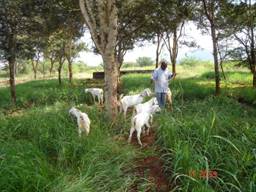
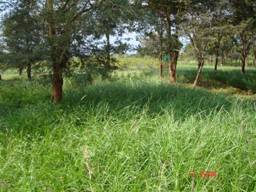
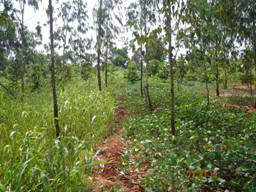

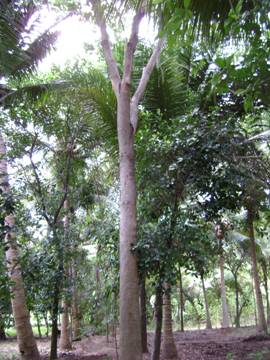
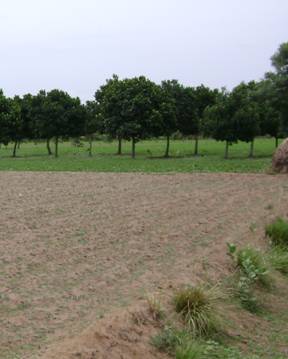
Comments
Post a Comment